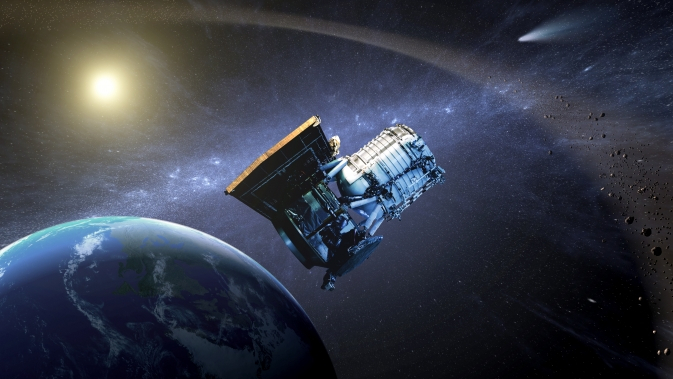There is no sci-fi movie which is complete without showing a hibernation. In movies like Christopher Nolan's Interstellar and Morten Tyldum's Passengers, the viewers have watched the awakening of protagonists in hibernation pods. For the real world, while this entire concept may feel impossible or a part of a movie plot, but recently scientists stated that human hibernation is very possible.
In animals like squirrels, bats, and even birds, going to hibernation is quite natural but for humans, who don't naturally hibernate, the entire process may sound unbelievable. But now scientists are working on artificial hibernations for humans.
The procedure of hibernation
When it comes to the term hibernation, it means a state of inactivity and metabolic depression in endotherms. In this state, body temperature becomes extremely low, the breathing frequency and heart rate becomes slower while metabolic rate also comes down.
Earlier experts claimed that human hibernation could help to overcome life-threatening injuries because tissues are protected at low metabolic rates, and partly as the heart is pumping blood at a fraction of the rate it usually does.
Human hibernation

An aerospace engineer who worked with NASA to develop a human-hibernation protocol, John Bradford told The Atlantic that the understanding of how hibernation works don't show any reason to claim that this is not possible for humans. His work for the space agency shows that scientists are interested in human hibernation as it could help them for deep-space travel.
If astronauts would be able to use the hibernation procedure to visit a planet, like Mars, they won't need too much food and water which will decrease the amount of space travel expenses. In addition, it should be noted that in such cases the spacecraft would be smaller as the astronauts won't need room to move around. One of the aspects of human hibernation is the reduction of psychological stress which usually occurs for being in the deep space for a longer period of isolation.
Is human hibernation possible?
To be able to survive over a harsh winter, many animals are capable of slowing their heart rate down to just a few beats a minute and go to hibernation. They don't need to eat or drink anything for months, surviving on their fat stores at a time until food returns.
There are techniques to decrease the temperature of a person by a few degrees it is called therapeutic hypothermia. As per the scientists, with such low body temperature, a human's metabolism decreases and they fall unconscious into a torpor. But this therapeutic use of this torpor is still under research.
A few years ago SpaceWorks Enterprises sent a report to the US space agency NASA on how they could use the therapeutic hypothermia for long space missions. As an example, if humans are going to Mars which may take six to nine months. SpaceWorks estimates that during the journey the spacecraft crew will have a reduction in their metabolic rate of 50 to 70 percent under the therapeutic hypothermia technique which means less metabolism will reduce the amount of cargo that needs to be sent to the Red planet.
However, along with Bradford other scientists claimed that human hibernation is possible but they are yet to figure out how to do that. Many researchers are currently working to invent a new drug that will help to drop a human's core temperature. If they find success then they will clear one of the biggest hurdles to human hibernation and pave the way for unimaginable deep space exploration programs.









